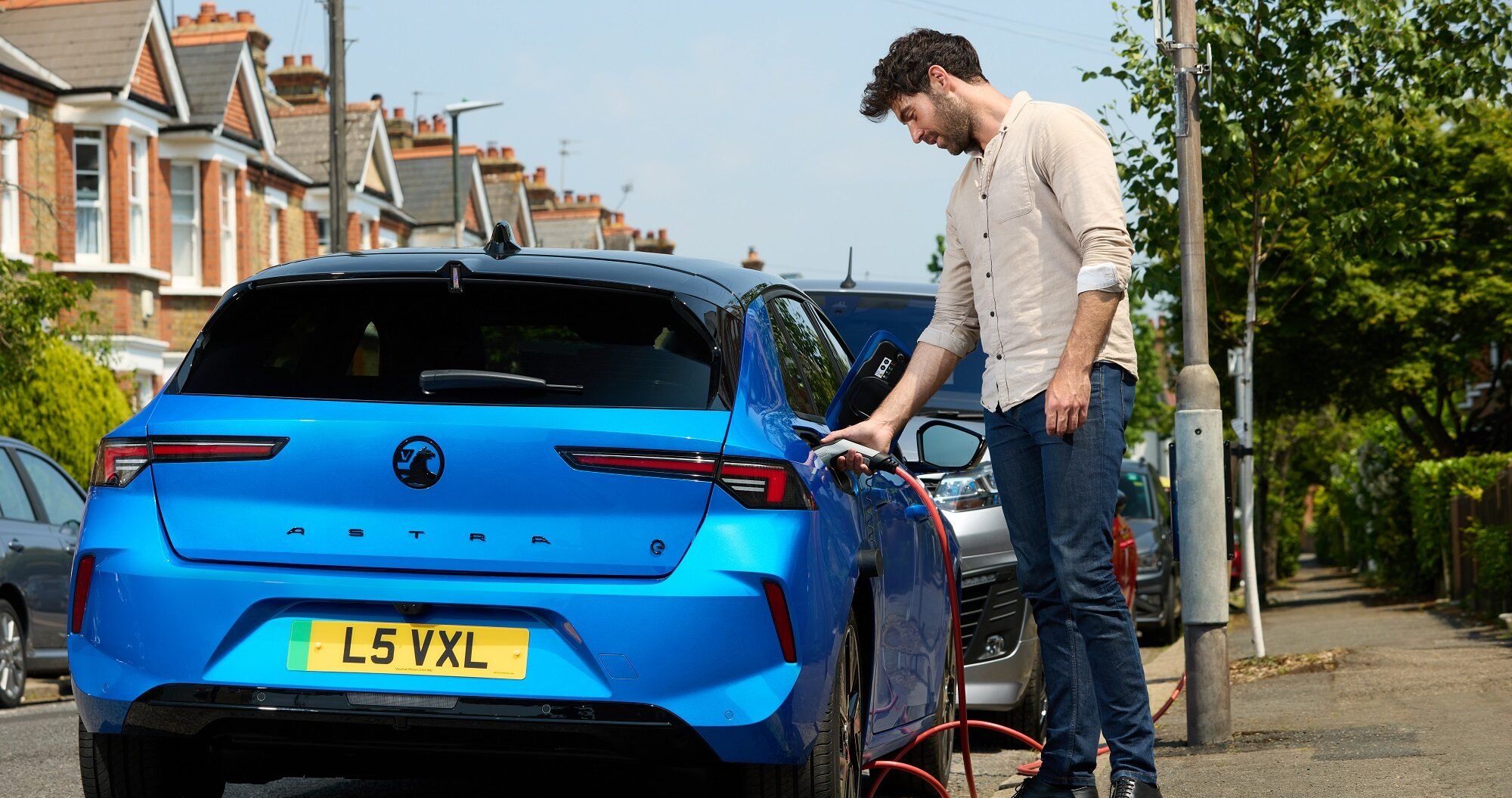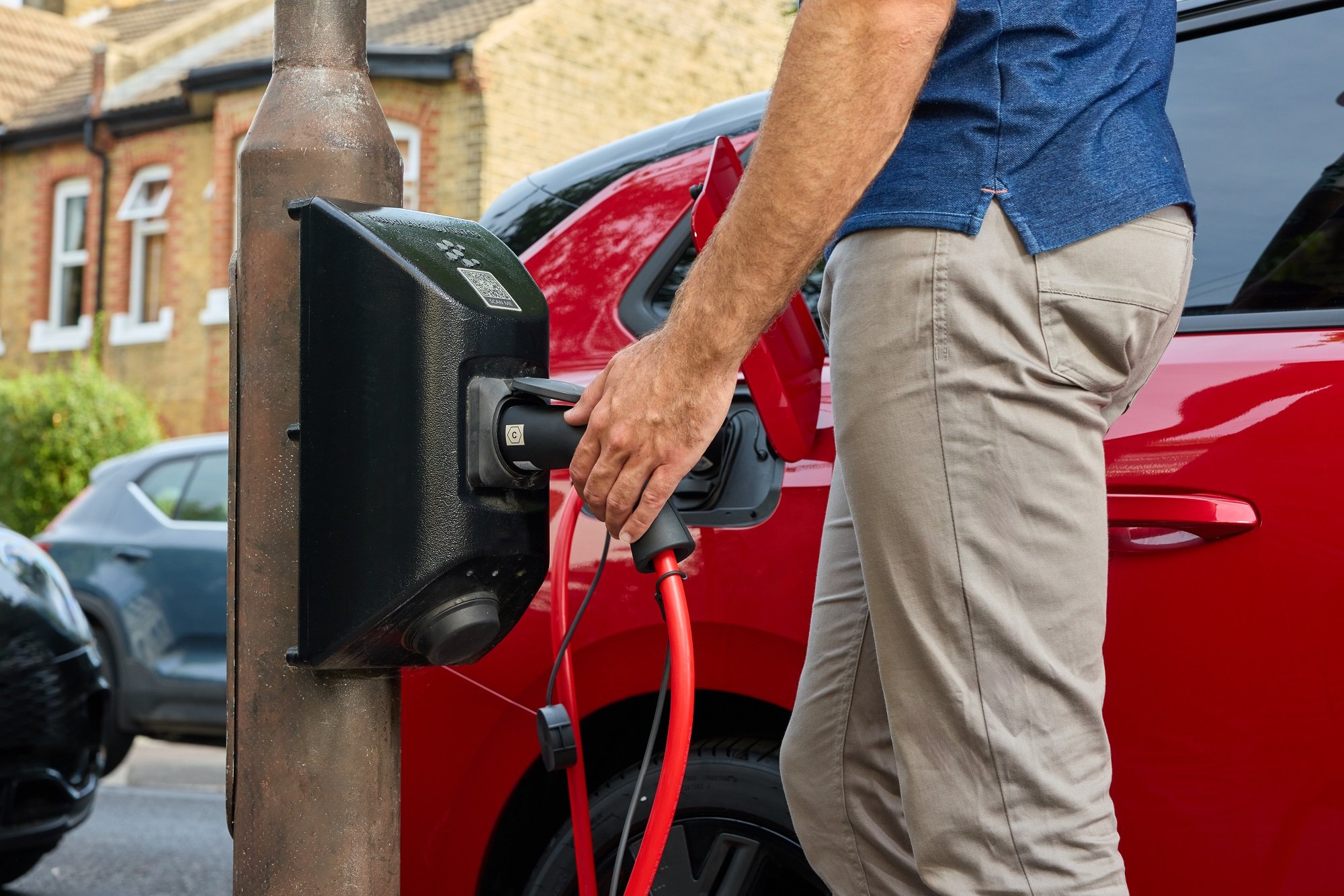The UK’s current electric vehicle infrastructure (EVI) targets are too wide in scope, and should be based on more detailed, precise metrics to ensure a true reflection of progress in regions across the country, according to a new report.
Vauxhall has partnered with leading sustainable transport organisation, Cenex, to assess the effectiveness of metrics commonly used to track the success of the UK’s electrification journey, such as the number of public chargepoints and the number of EVs per chargepoint.
The assessment shows the broad nature of current UK targets don’t go far enough to provide an actionable and measurable reflection of where infrastructure is required. Three new relevant metrics have been created to track progress – Near Home Charging, Destination Charging and Journey Charging.
Accompanying the report, an online interactive dashboard has also been made publicly available on Cenex’s NEVIS service at nevis.cenex.co.uk/metrics, to share the data behind the new metrics.
The new proposals consider the needs of different drivers and different locations, to provide a fairer and more relevant analysis of true progress:
The Near Home Charging Index covers any vehicles at or near a residential dwelling. It considers the balance of supply and demand, in relation to the distribution of chargepoints.
The Journey Charging Index focuses on dedicated locations for high-powered EV charging (likely with other facilities including food courts and shopping amenities) – the future version of today’s petrol stations. This is calculated using data about the demand for charging alongside data about the supply and capacity of charging facilities.
The Destination Charging Ratio covers destinations which people visit for business or leisure, where charging services are incidentally also available. A Destination Charging Ratio for any given site can be calculated through consideration of visitor need, usage of parking bays, the proportion of long-stay versus short-stay visitors and the proportion of EVs at a given point in time.
Using these new metrics to analyse current data, the study unearthed a wide range of new data and statistics, providing a whole new level of detail.
For example, using the Near Home Charging metric, it was able to conclude that, on average, 19% of all households who need it are close to a public chargepoint. Across Great Britain, supply is a little ahead of demand, although regional disparities continue to exist. For example, Camden nearly has the capacity it needs for projected levels of local EV ownership in 2040.
Using the Journey Charging metric, it concluded that overall, the supply of journey charging for UK’s roads is ahead of demand, although there is still significant variation between roads.
The study combined a range of research methods, including desk-based research of international and national best practice, an online survey and in-depth interviews with industry experts.
James Taylor, Managing Director, Vauxhall, said: “Effectively tracking the progress we are making towards a practical future for electric vehicles is key to determining how far we have come, and in identifying what steps we need to take next to ensure that progress continues at pace.
“Partnering with Cenex to produce this report has been valuable in demonstrating how much needs to be done to improve the current metrics we use, to more accurately reflect the true progress being made and that still needs to be made throughout the country. This data highlights how broad the UK’s current target of 300,000 public chargepoints by 2030 is and how useful a more nuanced and detailed picture is.”
Chris Rimmer, Head of Policy, Strategy and Implementation, Cenex, added: “A key finding from the research is that metrics must be relevant, actionable, scalable and measurable. Applying this to the three ways chargepoints are used allows us to assess whether we are getting the right chargepoints of the right power into the right places.
We are grateful to have worked with Vauxhall to publish this data to help deliver cleaner and greener transport in the most sustainable, effective and efficient manner.”
Vauxhall introduced Electric Streets of Britain in 2023, working alongside leading charging operators char.gy, Connected Kerb and SureCharge to make electric vehicle infrastructure accessible for all drivers wishing to drive an EV.
Through Electric Streets of Britain, a national database has been established so UK motorists who want to have on-street residential EV chargers installed near them can register their interest: www.electricstreets.co.uk.
By the end of this year, Vauxhall will offer a fully electric version of every car and van in its line-up. Vauxhall was the UK’s best-selling electric van manufacturer in 2023, while the Corsa Electric was the UK’s best-selling small electric car and the Mokka Electric the best-selling electric compact crossover model last year.
Read the full report here: Vauxhall x Cenex – Are We Nearly There Yet


